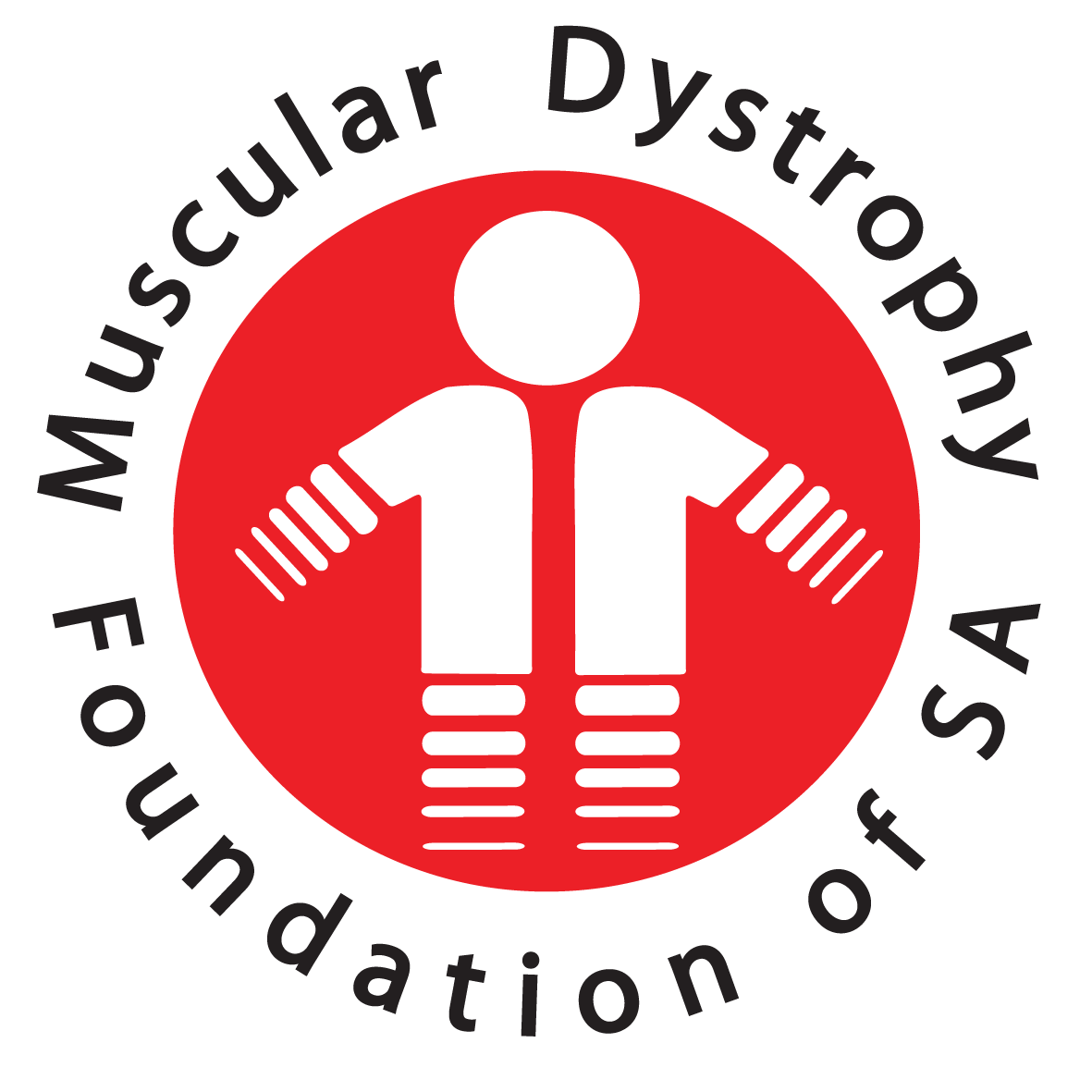Duchenne Muscular Dystrophy (DMD)
Leg fracture
- If ambulatory: Ask if internal fixation/surgery rather than casting may be possible. Surgery may help preserve walking.
- If your child has had a fall or a leg injury, and has rapid onset shortness of breath/difficulty breathing, changes in alertness (confusion, agitation, disorientation) this is an emergency; go immediately to the ER and alert staff that symptoms could be due to Fat Embolism Syndrome (FES).
Respiratory care
- Risk: Respiratory failure. Please only give oxygen with close monitoring of CO2 levels; breathing may need to be supported (with BiPAP, for example).
- If oxygen levels are low, assisted coughing (with cough assist machine or Amby bag) may help.
- Take your equipment (cough assist, BiPAP, etc.) with you to the hospital/emergency room (ER); alert your neuromuscular team that you are going to ER/hospital.
General recommendations & precautions
- Keep immunizations up to date & get influenza vaccine annually.
- People taking daily, long term steroids should avoid live vaccines when possible.
- Always wear seat belts – in the car AND the wheelchair/scooter.
Anaesthetic precautions
- Avoid inhaled anaesthesia.
- IV anaesthesia is considered to be safe (with close monitoring).
- People with Duchenne should NOT receive succinylcholine.
- Local anaesthetics & Nitrous Oxide are safe for minor dental procedures.
If vomiting and/or unable to take daily corticosteroids for 24 hours
- Go to a hospital emergency room.
- Request substitute IV corticosteroid until oral medications are tolerated (6 mg of deflazacort equals 5 mg of prednisone).
- Remind clinicals that high liver enzymes (AST/ALT) are normal for people with Duchenne MD.
Reprinted with the permission of Parent Project, USA. Reviewed by Dr J Wilmshurst, Head of Paediatric Neurology, Red Cross War Memorial Children’s Hospital

